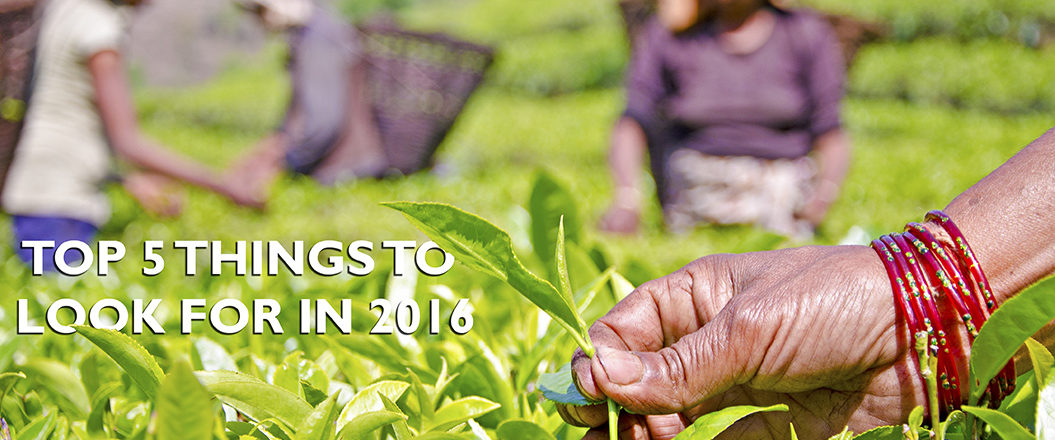From a mobile application to secure tenure in Tanzania, to property rights and miracle trees in Zambia, to the passage of the Sustainable Development Goals in New York, land rights remained a critical issue throughout 2015.
As a fundamental issue that underpins economic growth, food security, conflict mitigation and efforts to address climate change, land rights will continue to feature prominently on the global development stage in 2016. Here are the top 5 things to look for in the new year from USAID’s Land Office:
1) REDESIGNED WEBSITE WITH EVALUATION DATA
USAID is currently conducting rigorous impact evaluations of land tenure programs in Ethiopia, Guinea, Liberia, and Zambia. These evaluations involve large-scale, detailed surveys that are yielding large amounts of valuable data on topics such as agricultural productivity, conflict, natural resource management, and of course, perceptions of tenure security. In 2016, USAID will launch a redesigned Land Tenure website that will make these data sets open, available and free to use for all. Researchers and other interested parties will be able to explore and analyze the data sets – along with data codebooks and survey instruments – building new knowledge and improving learning and decision making in the land sector and beyond.
2) MOOC VERSION 2.0
In 2015, USAID launched the first ever Massive Open Online Course on Land Tenure and Property Rights. The response was overwhelming. Two thousand people from 62 countries signed up to take the course, bringing together valuable knowledge, experiences, insights and perspectives from across the globe. In 2016, USAID will launch an updated version of the MOOC, with revisions to the content and structure based on participant feedback from version 1.0.
3) NEW COUNTRY PROFILES
USAID’s Land Tenure country profiles are one of the most valuable resources for understanding the nuances of various countries’ laws, policies, norms, strengths, weaknesses, challenges, and needs with respect to land and resource governance. In 2016, USAID will begin updating some of our 65 country profiles with new research, information and analysis to reflect current, on the ground realities. The first batch of country profiles to be updated in the first half of 2016 will be: Burkina Faso, Cote d’Ivoire, Ethiopia, Ghana, Kosovo, Peru, Philippines, Rwanda, Tanzania, and Zambia.
4) NEW ISSUE BRIEFS
Why does land tenure matter to energy infrastructure projects? What are the social impacts and concerns related to land tenure projects? In 2016, USAID will release new issue briefs examining these and other issues, adding to our existing library of 20 land tenure-related issue briefs. The first of these new issue briefs, Land Tenure and Energy Infrastructure, will be released in January, with additional issue briefs, including Land Tenure and Social Impacts, planned for later in 2016.
5) NEW RESEARCH AND ANALYSIS
Building on research and analysis from a round of recent land tenure impact evaluations, USAID and its partners will publish new findings examining the empirical evidence around critical topics in the land sector. In 2016, USAID will publish papers looking at issues such as: how land rights relate to conserving resources and preventing deforestation; how gender norms, governance systems and economic incentives affect development projects involving land; and whether land rights act as an effective incentive for smallholder farmers to adopt climate smart agriculture. The first round of research will be available in March at the Annual World Bank Conference on Land and Poverty, with additional publications to be released throughout the year.


